Here are a couple of lovely shots of Sparaxis and Freesia in my garden today.
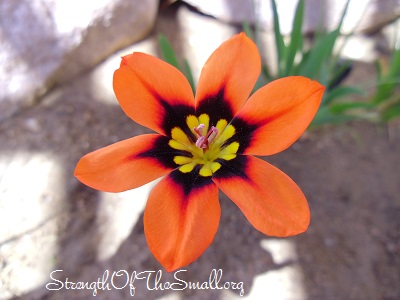
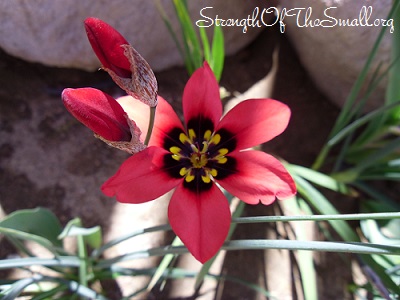
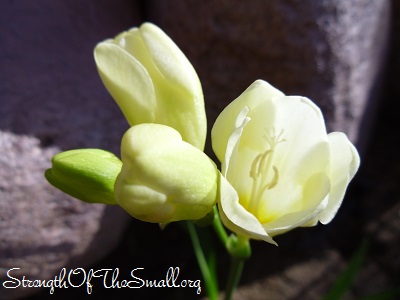
Happy Gardening!
Finding Contentment in Every Situation
Finding Contentment in Every Situation
Here are a couple of lovely shots of Sparaxis and Freesia in my garden today.



Happy Gardening!
Here in the High Desert, the first two weeks of Spring are awesome. The weather is simply at its best (not too cold, not too hot) and one is able to get out and get things done. After this time, we are ‘blessed’ with what seems to be a 24 hour high and gusty winds, which will go on for a few more weeks before finally settling. Gardening is not impossible at this time, just challenging as you have to go out there well equipped and armed:
It has been two weeks and a half since the beginning of Spring and the first Rose blooms in my garden are fading. I had only a few days to enjoy them and now snip them off like they were never there in the first place.

I was busy all morning going around my Rose Garden snipping off dead flowers from my Roses to give the plants a cleaner look and to encourage more flowering. For the past six years, it has become a task in which I take great pleasure in accomplishing and I do it once a week after the Rosebushes start flowering until the plant goes dormant. Here in the High Desert, it gets so hot that our beautiful flowers fade a few days after blooming and in extreme conditions they fade before fully blooming and sometimes the Rose’s buds dry out giving an unattractive appearance to the plant and subsequently, to the yard. To me, that is just unacceptable.
Happy Gardening!
It’s Spring, right? If you are like me, then you’ve been waiting for this time of year to sit back and watch those gorgeous bulbs you planted last Fall bloom. You’ve been looking forward to cutting a few Rose Stems and placing them in a Vase or Vintage Cruet. You’ve been busy planning a few Summer parties and having some friends over. While the pictures are perfect in your mind, reality suddenly sets in: those weeds growing all around your property are not setting the mood for festivities and worst, they are not inviting.
Weeding is a time consuming activity which no one really enjoys doing. Here in the High Desert, weeds are a nuisance and a year-round problem for Home and Business owners. Those of us with huge, open lands know exactly what I am talking about. I don’t mean the task of removing weeds on your Lawn or Garden/Garden beds. I am talking about weeding open fields with wild plants growing on them. No matter what we do and how we handle them, they simply won’t go away. Most weedkillers (especially Chemicals) are expensive, harmful and often ineffective. Let’s explore some temporary options to consider:
Weeding Tools:
|
|
Our Approach: Divide and Conquer
If you can, remove weeds before they set seed to keep them from seeding and spreading.
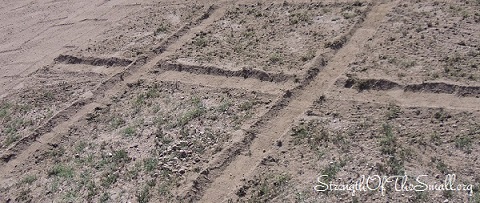
When weeding, we only use three gardening tools: The Rake, Hand Shovel and the Draw Hoe.
How many times have you made up you mind to go out there and weed just to get there, fully prepared and be paralyzed with an overwhelming feeling – not knowing where to begin?
Lovely blooms in my Garden this morning.
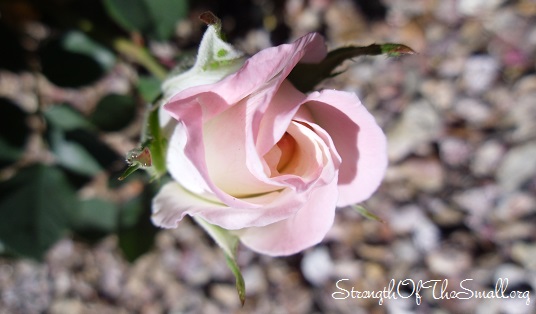
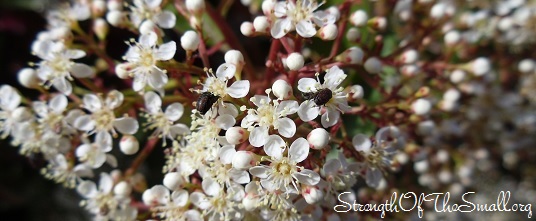

I hope you all had a blessed and beautiful day.
When it comes to garden edging the possibilities are endless to meet your needs. You can choose from Plastic, Bricks, Rocks, Boulders, Bamboo, Wrought Iron/Metal, Bottles, Wood, Plates to Concrete and so much more.
Those with limited to no budget can look around their property for garden edging ideas. Do you have scrap wood, dead branches, pine cones, rocks or decorative bricks lying around in your yard? If you do, by all means put them to use. Those of us with trees of all types around our properties know that Nature has a way of stressing them to the breaking point such as:
» The weight of ice and snow
» Strong winds
» Dead branches
» Lack of nutrients
» Old age
» Plant disease (fungal infections), … etc!
What can we do with a fallen branch or a broken tree? For one, we can safely remove the fallen branch and dispose of it and/or contact an arborist to remove the fallen tree. We can use the wood for your fireplace, fire pit, as borders in your garden, and so much more.
The 2008 winter storm was so severe that it split two of my mature trees in two.
After removing and disposing of most of the branches, I kept a few branches from my broken pine tree which I am now using as plant borders.
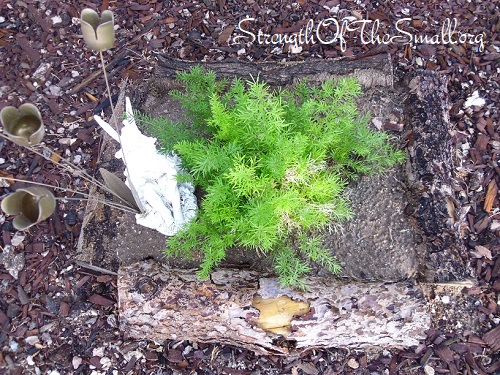
Our preferred garden edgings are the Plastic edging and Terrace Board Landscape edging.
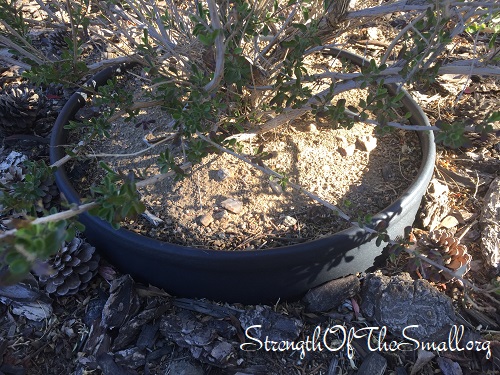
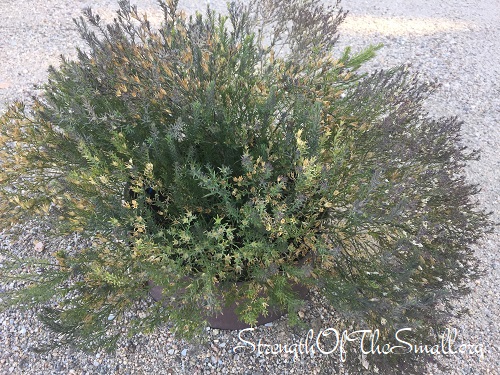
I have used pine cones as plant borders for a few years now and I have placed a lot around my plants and garden beds to deter squirrel from digging. So far, it has worked for me.
Happy Gardening and wishing you a good start into the week.